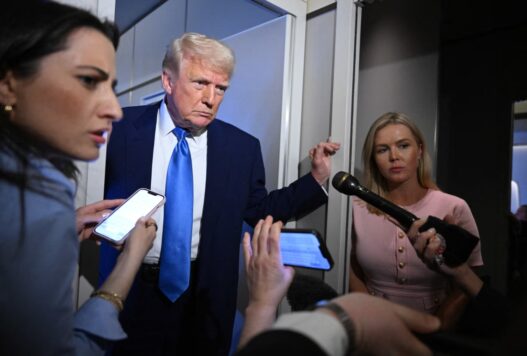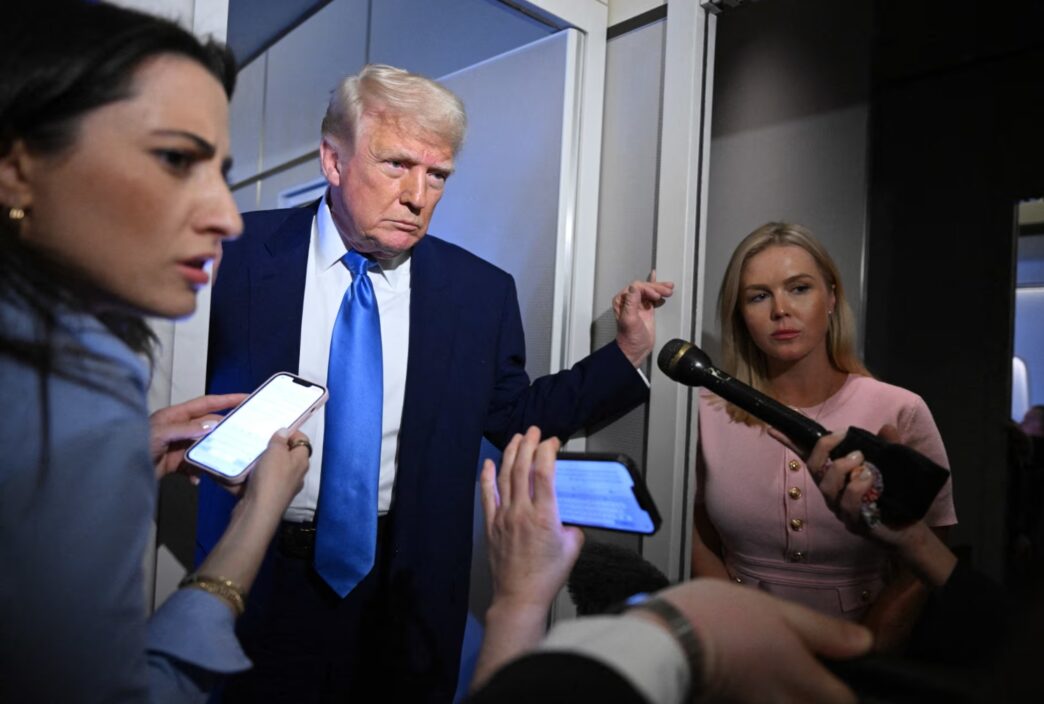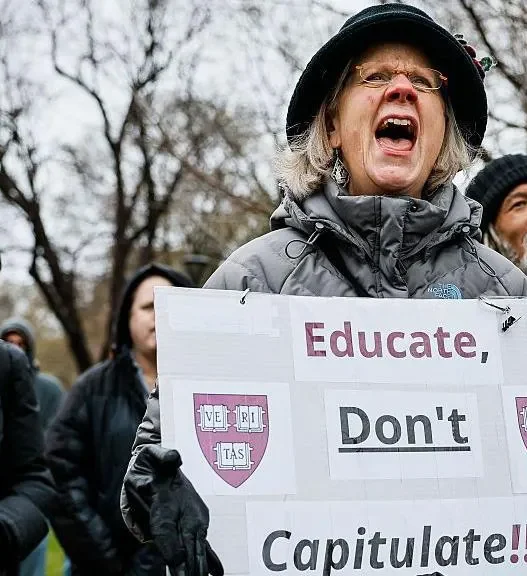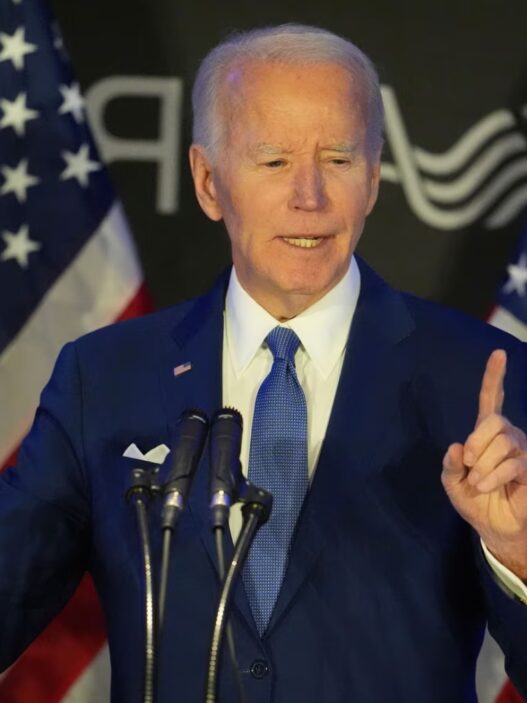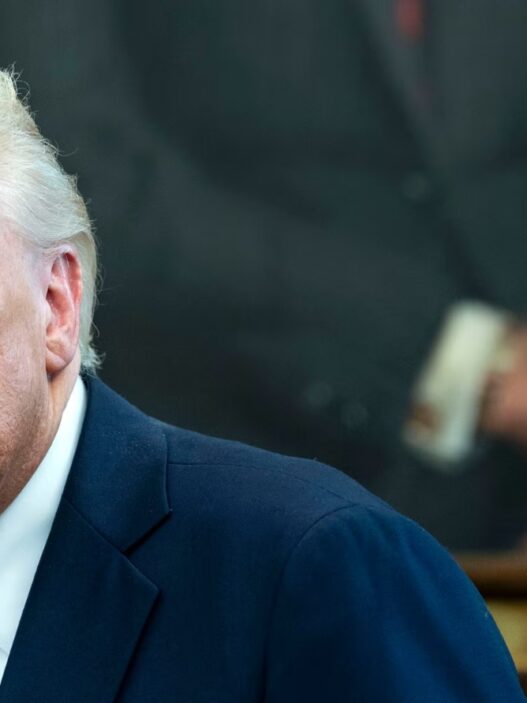Global markets surged on Wednesday after President Donald Trump announced a 90-day pause on most new tariffs. New changes have emerged in the global trade war.The White House confirmed that it’s been contacting dozens of countries. Calls and meetings are being scheduled in the coming weeks.
China Left Out of the Conversation
Despite this global outreach, one major player was left out—China.
While other countries received a temporary reprieve, Trump chose to escalate tariffs on Chinese imports. The U.S. added an extra 145% tariff on all goods from China. In return, Beijing responded by limiting the export of U.S. movies. China had already increased tariffs on American goods to 84%.
A major escalation is taking shape between the world’s two largest economies. Neither side seems willing to make the first move.
U.S. Refuses to Initiate Contact
President Trump has made it clear: China should take the first step. His administration sees Beijing as the aggressor and believes it must show willingness to negotiate.
This message has been delivered for nearly two months. U.S. officials have directly informed Chinese counterparts that President Xi Jinping should request a call. Yet sources say Beijing continues to refuse arranging a direct leader-level conversation.
One likely reason is Xi’s desire to avoid appearing weak in front of his domestic audience.
Conflicting Diplomatic Styles
Officials say a key challenge is how differently the two sides handle diplomacy. China relies on strict protocol and detailed planning. Xi wants everything prepared in advance. In contrast, Trump prefers quick, direct engagement.
China has tried to reestablish a backchannel like the one used with Jake Sullivan. But the U.S. rejected that approach. Trump’s team did not want to speak with Foreign Minister Wang Yi. They believe he is not close enough to Xi’s inner circle.
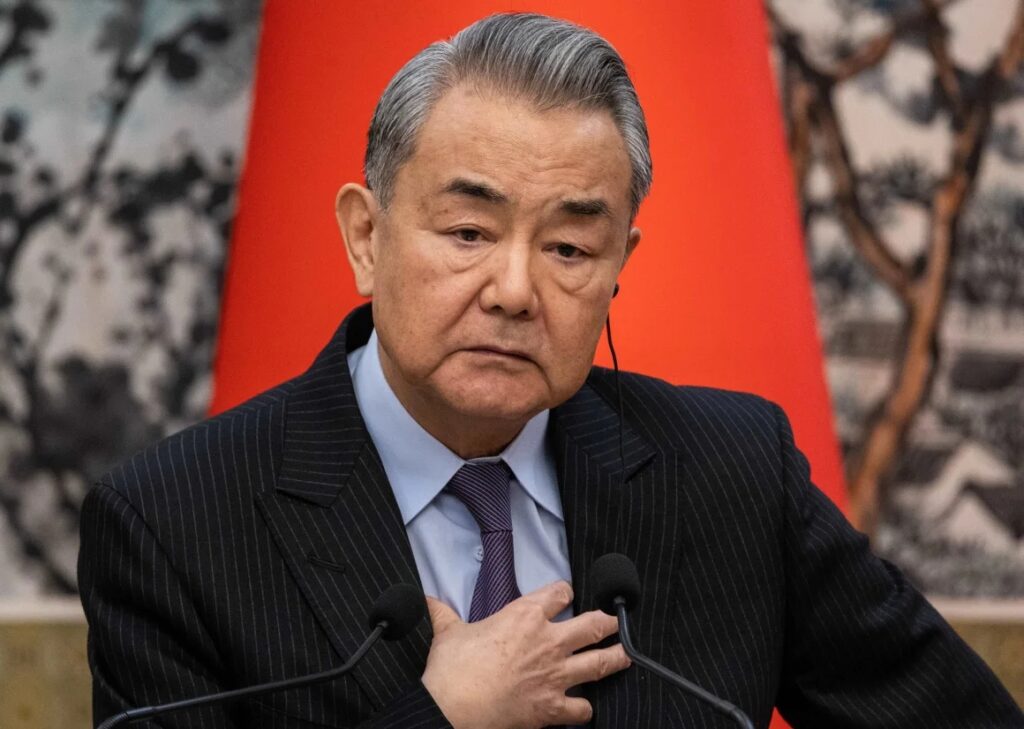
Instead, U.S. officials gave China a list of preferred contacts. So far, China has refused to compromise.
Trust Issues Surface After Miscommunication
Tensions escalated further after China released a statement summarizing a call between Wang Yi and U.S. Secretary of State Marco Rubio. Rubio said the summary misrepresented what was actually said.
“That didn’t happen—not on the call,” Rubio claimed. “Or maybe their interpreter didn’t want to translate it that way.”
China’s ambassador to the U.S. has helped maintain some communication. But without top-level engagement, arranging a leader-to-leader call remains difficult.
Despite the gap, Trump’s team said they are open to lower-level talks—if those talks produce results.
Different Views on Who Should Move First
Trump’s advisors insist the decision now lies with Beijing. They say the U.S. has done its part and is waiting for China to act.
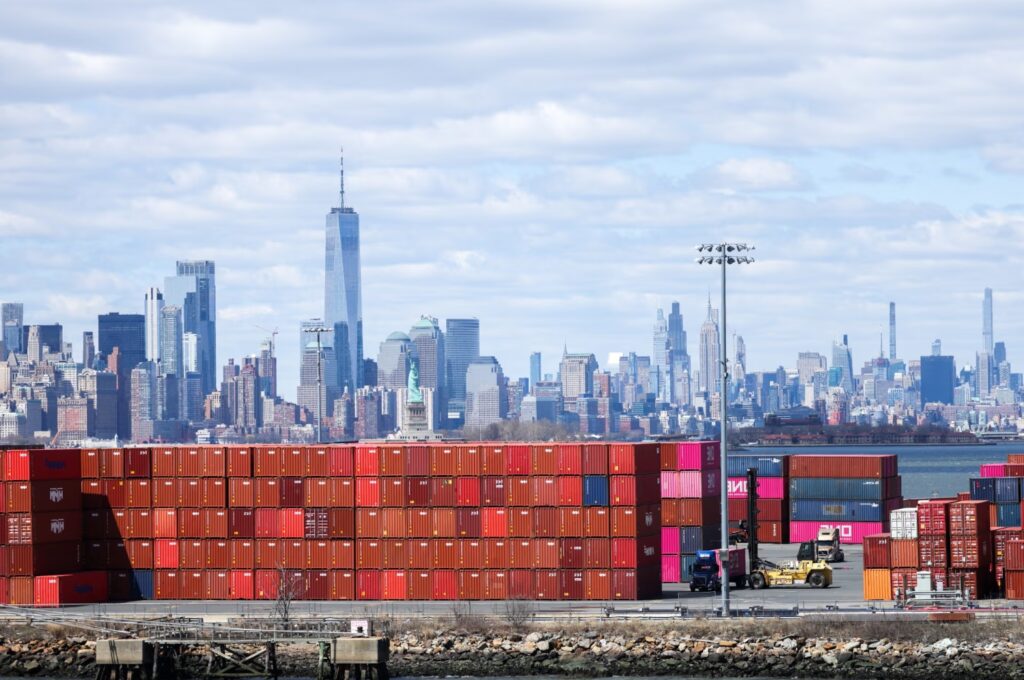
But China sees things differently. A spokesperson from the Chinese Commerce Ministry said Thursday: “The door to talks is open, but dialogue must be based on mutual respect and equality. If the U.S. chooses confrontation, China will respond in kind. Pressure and threats are not acceptable methods.”
Focus Shifts to Other Asian Allies
While the standoff continues, the White House is working to secure trade deals elsewhere. A senior official confirmed efforts to boost ties with Japan, South Korea, and Vietnam. The goal is to increase pressure on China.
Former officials say a call between Xi and Trump isn’t off the table. But China must be assured that Xi won’t walk into an ambush—especially after the blunt meeting between Trump and Ukrainian President Volodymyr Zelenskyy.
“They’re cautious,” said Danny Russel, a former assistant secretary of state and current VP at the Asia Society Policy Institute. “They want clear ground rules before a meeting can happen.”
Markets Shaken by Tariff Tensions
On Thursday, global markets tumbled again. Investors fear China may raise tariffs in response to Trump’s latest move.
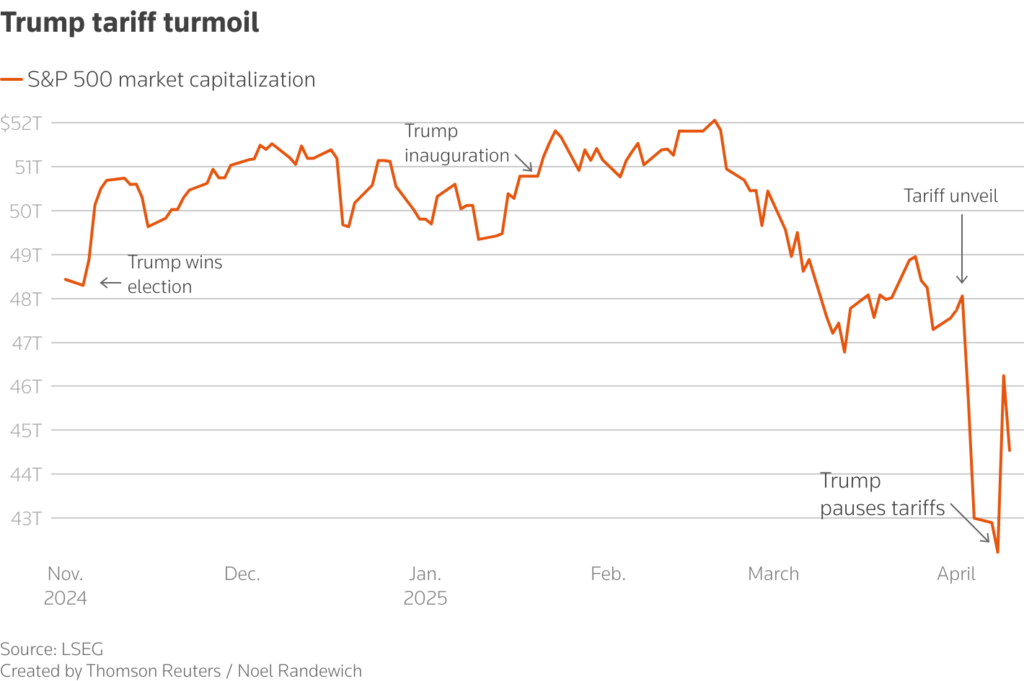
Markets had soared the day before when Trump paused most new tariffs. Treasury Secretary Scott Bessent told the cabinet that over 75 countries want to start trade talks. Trump also voiced hope for a deal with China.
But optimism didn’t last. The S&P 500 closed down 3.5%. The Nasdaq Composite dropped 4.3%. The Dow Jones fell by 2.5%. Oil prices sank more than 3%.
With the S&P now 15% below its peak, analysts warn of a bear market.
“This started as a messy sell-off,” said Adam Hetts of Janus Henderson. “Now it’s more orderly. But the risk of a recession is much higher than it was just two weeks ago.”







